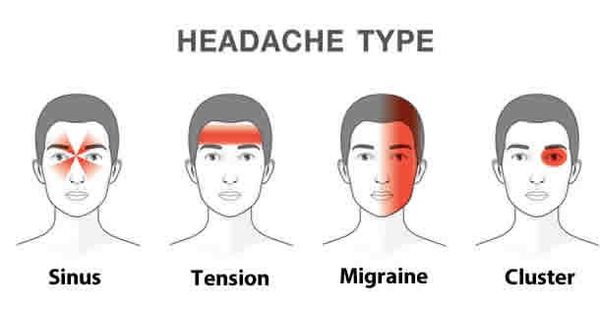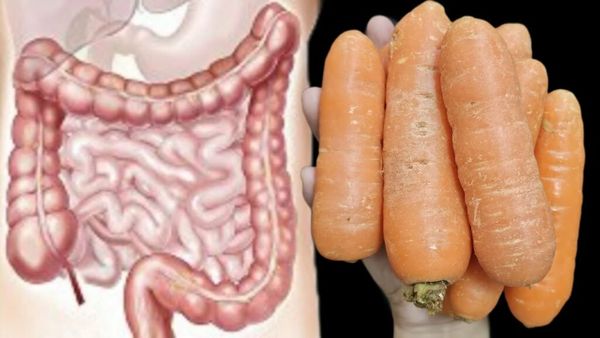
Headaches are a common form of pain that can significantly impact our daily lives. They often cause people to miss work or school and seek medical help. Understanding the different types of headaches and their underlying causes is key to effectively managing and treating them. Let’s explore the four most common headache types and their signals.
1. Sinus Headache
A sinus headache occurs when the sinuses become inflamed or blocked. It typically causes pain behind the cheeks, nose, and eyes, which worsens when bending forward or waking up. This type of headache can be triggered by an allergic reaction, tumor, or infection. The symptoms closely resemble those of a migraine.
Treatment: Stay hydrated by consuming plenty of liquids, preferably warm water, as it helps reduce inflammation and opens the sinuses. Applying cold and hot compresses can also relieve pain. Additionally, consider adding a soothing ginger tea or a fresh ginger to your diet, as ginger has potent anti-inflammatory and pain-reducing properties.
2. Tension Headache
Tension headaches are the most common type and are characterized by a constant pressure or pain around the head, particularly at the back and neck or temples. In some cases, they can cause radiating pain above or below the eye area. Lack of sleep, skipped meals, stress, heightened emotions, and alcohol consumption are common triggers for tension headaches.
Treatment: Combine peppermint oil and ginger tea to alleviate the pain. Applying a small amount of peppermint oil to the hairline can create a cooling sensation that relaxes the head and neck muscles. Ginger tea helps reduce inflammation, providing further relief.
3. Cluster Headache
Cluster headaches predominantly affect women and typically occur over one eye. They often happen in recurring cycles or groups, leading to severe pain on one side of the head. Nasal congestion, runny nose, and teary eyes are common accompanying symptoms. The cause of cluster headaches is not yet fully understood but involves the activation of specific nerve pathways in the brain’s base.
Treatment: Capsaicin cream, containing cayenne pepper, can be applied to the nostril to block nerve pain signals and provide relief.
4. Migraine
Migraines can affect individuals of any age, but they are most common between 25 and 55 years old. Migraines are more complex than other headache types, often accompanied by various neurological symptoms.
Migraines are characterized by severe, throbbing pain on one side of the head, although it can occur on both sides in some cases. Additional symptoms may include vomiting, dizziness, nausea, visual disturbances, extreme sensitivity to light, smell, touch, sound, as well as numbness or tingling in the face. These symptoms radiate from the top of the head downward.
Treatment: Studies have shown that omega-3 fatty acids, vitamin B12 (riboflavin), and magnesium can benefit many migraine patients. Incorporate foods rich in these nutrients into your diet to help prevent migraines.
Understanding the signals your body sends through headaches is the first step in effectively managing and treating them. By identifying the type of headache you experience and following the appropriate treatments, you can alleviate pain and improve your overall well-being. Remember to consult with a healthcare professional for a comprehensive evaluation and treatment plan tailored to your specific needs.





